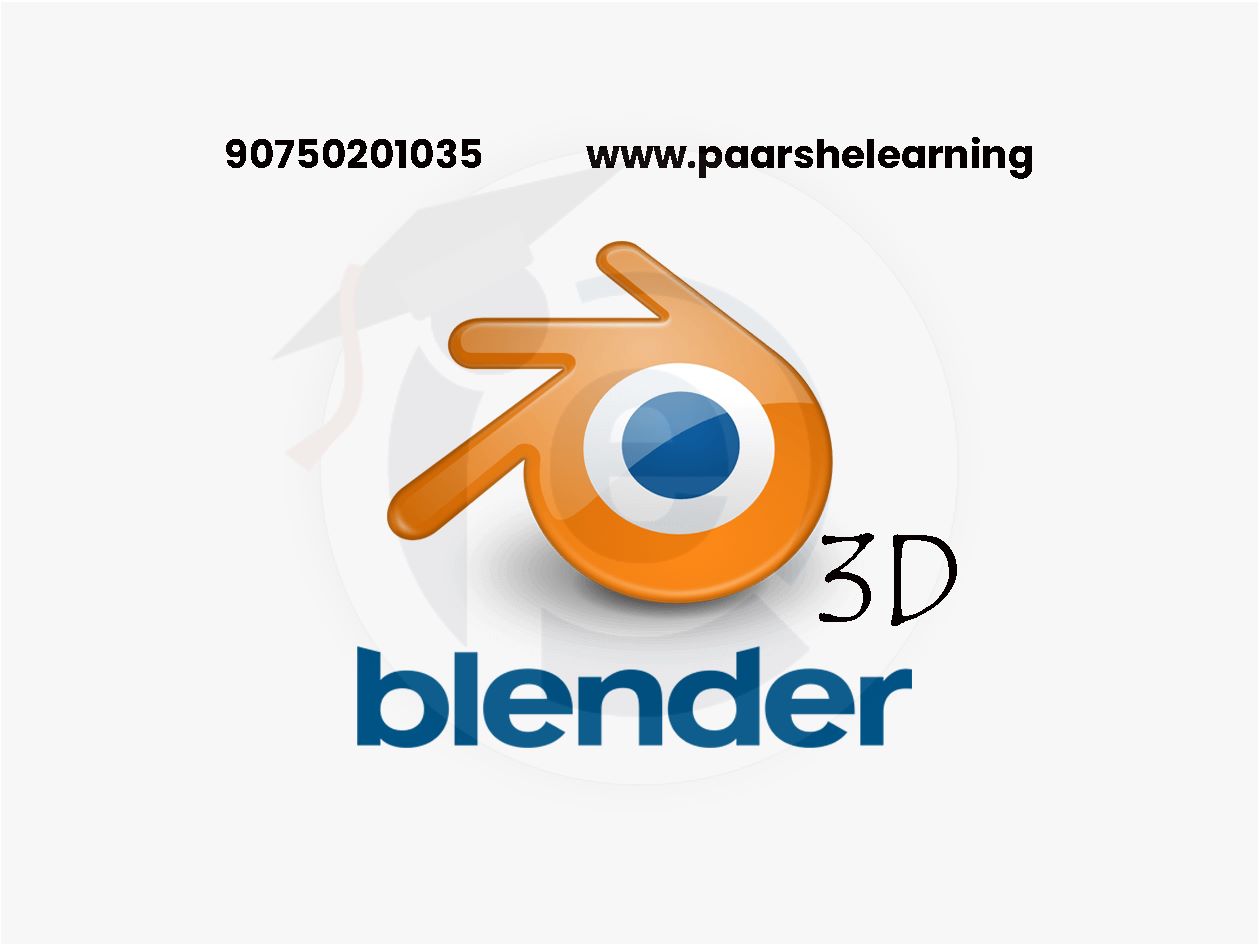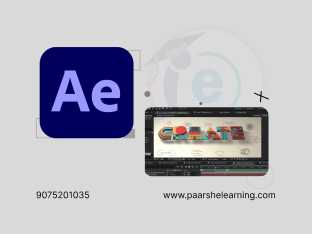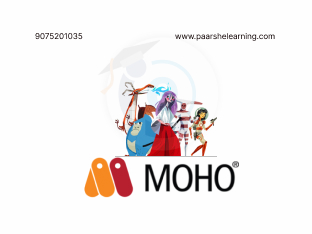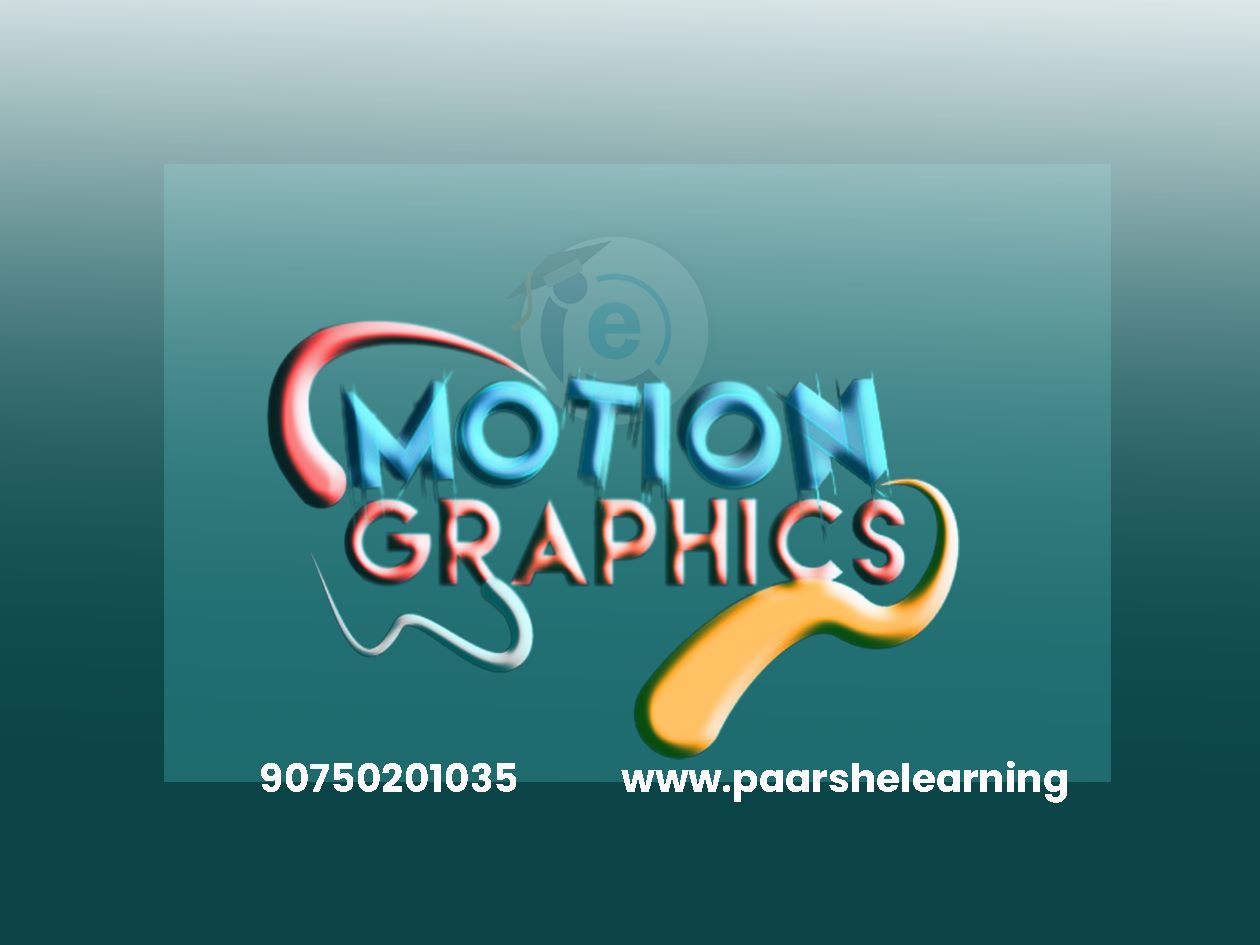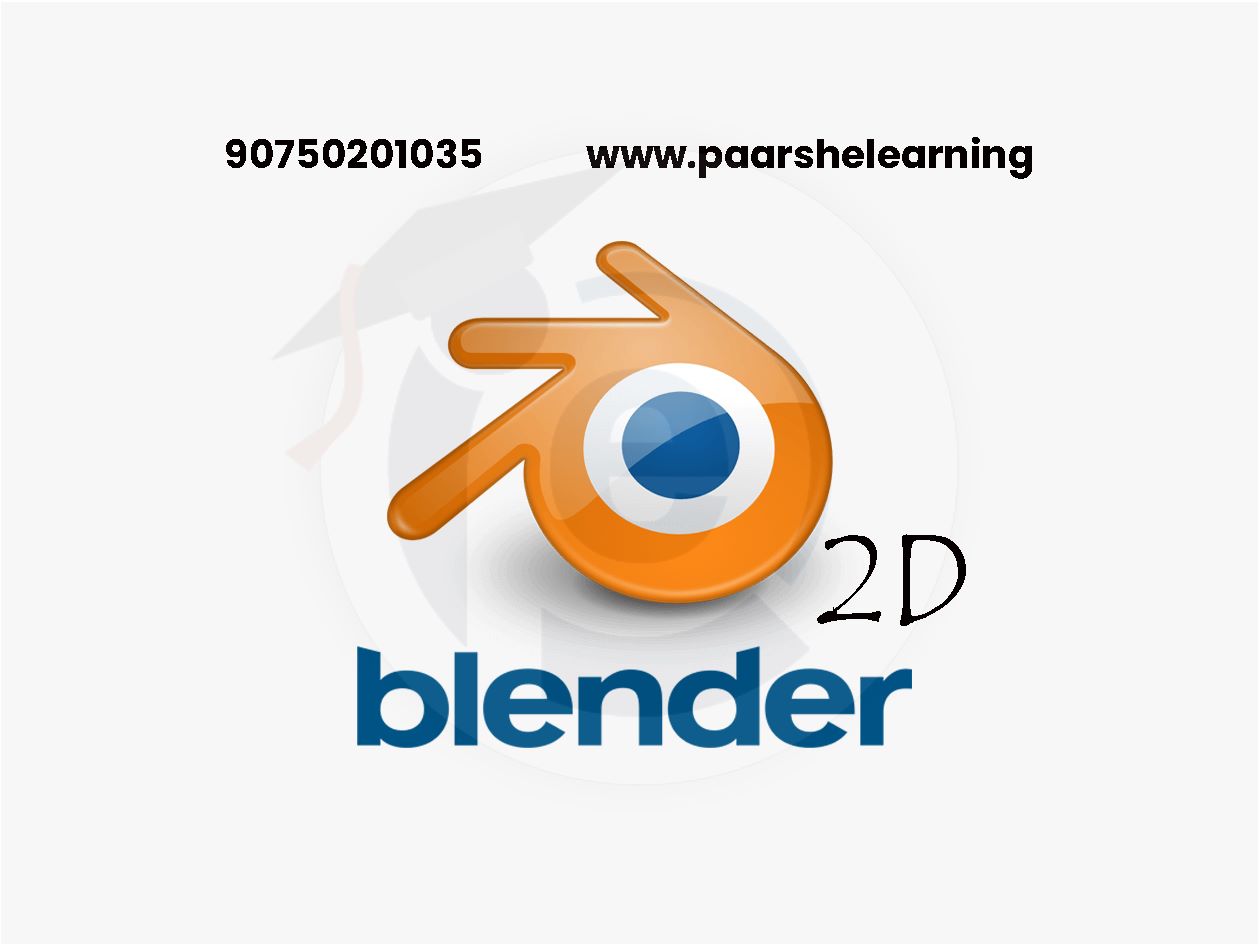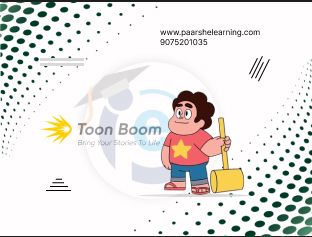- Use Blender and understand it's interface
- Create 3D models with simple colors
- Create your own materials
- Create animations for your objects & characters
- Understand the principles of modelling
- UV map and unwrap your models
Blender
Course description
Blender is a powerful, open-source 3D modeling and animation software that offers a wide range of tools and features. It is widely used in the film, game development, visual effects, and animation industries. Here's an overview of Blender's key components and capabilities for 3D work:
-
3D Modeling: Blender provides a robust set of modeling tools for creating 3D objects and characters. You can use polygonal modeling techniques to build and shape objects or utilize sculpting tools for more organic and detailed models. Blender also offers advanced features such as edge loops, subdivision surfaces, Boolean operations, and retopology tools.
-
Texturing and Shading: With Blender, you can apply textures and materials to your 3D models. The software supports UV mapping, where you can unwrap the model's surface to create 2D texture coordinates. Blender's node-based material editor allows you to create complex shading networks and apply realistic materials with textures, reflections, and other visual effects.
-
Rigging and Animation: Blender provides a powerful armature system for rigging and animating 3D characters. You can create skeletal structures with bones and control the deformation of the mesh using weight painting. Blender's animation tools enable keyframe-based animation, where you can set keyframes for object transformations, manipulate curves, and create complex character animations.
-
Physics Simulation: Blender includes a physics engine that allows you to simulate realistic physics effects such as cloth, fluids, rigid bodies, particles, and more. You can create dynamic simulations for objects interacting with each other and with forces in the virtual environment. These simulations can add realism and dynamics to your 3D scenes.
-
Lighting and Rendering: Blender offers a comprehensive set of lighting and rendering tools to create visually stunning renders of your 3D scenes. You can use different types of lights, adjust their properties, and set up global illumination and reflections. Blender's rendering engine, Cycles, utilizes ray tracing to produce realistic renders, while the real-time engine, Eevee, provides fast and interactive rendering. Additionally, Blender supports third-party renderers such as Arnold and LuxCoreRender.
-
Visual Effects and Compositing: Blender includes a node-based compositor that allows you to combine and manipulate images, videos, and 3D renders. You can apply effects, color grading, and filters to enhance your final output. Blender's VFX capabilities also extend to features like chroma keying, camera tracking, and motion graphics.
-
Scripting and Customization: Blender offers a Python API that allows for automation, scripting, and customization. This enables users to extend Blender's functionality, create custom tools, and automate repetitive tasks. Blender's open-source nature encourages community contributions and the development of add-ons that can enhance the software's capabilities.
Blender is a versatile 3D software with a steep learning curve, but its powerful feature set and active community make it a popular choice for 3D modeling, animation, and visual effects. Whether you're a beginner or an experienced artist, Blender provides a comprehensive toolset for creating high-quality 3D content.
What you will learn from this course?
This course includes!
- Daily Live session
- A recorded session with problem-solving material
- Access on Mobile and TV
- Certificate of completion
- Recommendation Letter
- 100% Job Placement
This course is for
- Complete beginners who are looking to learn something new.
- Game Developers who wish to expand their Skill Set.
- any graduate candidate
- any IT candidate or Non-IT candidate students
Prerequisites for this course
- Mac or PC capable of Running Blender Version 3.2 or above
- No previous experience with 3D modelling or Blender is required.
Blender Classes 3d Syllabus
-
Class Overview
3D modeling is becoming more and more crucial in the world as modern hardware has given rise to technologies that allow for more and more realistic graphics. The 3D modeling market was valued at approximately 13 billion dollars in 2020 and is expected to grow at 20% annually for the next few years. Many industries can make use of 3D modeling and there are a variety of applications to use. We chose to teach Blender because it is free and also very powerful, able to meet the needs of any beginner and even beyond. It is also very popular which means that if you run into a problem, there are a lot of resources to help you solve it. This course is created partly due to the popular demand from our students who have taken our pipeline of courses taking students from a complete beginner to publishing their own VR app. With the skills that you learn in this course and the VR development pipeline, you are able to make assets and develop your own games and VR worlds with them.
-
Course Program
: Below you can find a week-by-week breakdown of the course. Our course is a crash course through the basic topics of 3D modeling, specifically low-poly models. This course requires no previous experience and will teach students of all levels to be able to create their own models with Blender. You will go through our custom-developed curriculum each week with most weeks’s assignments requiring the submission of a model. Additionally, some weeks contain challenges that you can complete for extra points to count toward graduation. We employ a flipped classroom model. Outside of live sessions, you watch videos and complete assignments outside the classroom on your own schedule. We have office hours where all students are welcome to come and get help with any questions they have. Then we have live classes for each topic where we do 3D assessment, demonstrations, and Q&A to solidify your learning. At the end of select sessions, we break out and explore student-made VR worlds together. This allows students to socialize and network with their peers and instructors in the metaverse.
-
Student Learn
Course Introduction • Navigating course Google Classroom and Discord • Blender 2.93 Installation • Introduction to Blender UI • Uses of 3D modeling • Navigating 3D modeling job opportunities
-
Foundation Of 3d Modeling
In this week you will learn about the history of 3D modeling, Blender controls, and industry terminology. In this topic’s assignment, you will create a scene with multiple objects and learn to modify the geometry of those objects. You will also gain an understanding of some of the basic methodologies used in 3D programming and use them to complete the assignment.
-
Student Will Learn
• Blender interface • 3D modeling history • Scene setup • Terminology • Methodology • Low-Poly modeling • Basic Blender tools • Basic Blender modifiers
-
Modelling Project 1
In a week you will learn how to create basic models by using tools such as loop cuts, mirror modifiers, and bevels. For this week’s project, you will model a bottle and a mug and add your own creative designs to the models. For this week’s challenge, you can submit another model using the tools you have learned to score additional points that count towards graduation. Additionally, you will continue to learn about the Blender interface and controls that pertain to the tools you learn about in this week.
-
Student Will Learn
Importing and exporting FBX/OBJ files • Poly-count • Edgeloops • Mirror modifiers • Bevels
-
Modelling Project 2
In this week you will learn how to use more tools like inset and transformations to create more complex models. For this week’s project, you will create a treasure chest that can be decorated with creative designs and contain other models inside it. Or this week’s challenge, you can submit another model using the tools you have learned to score additional points that count towards graduation. Additionally, as you gain familiarity with Blender, you will learn about customization options in the interface and explore different modes that Blender has.
-
Student Will Learn
Inset tool • Transformations • Customization options for Blender • Various display modes such as wireframe mode and object mode • The 3D cursor
-
Modelling Project 3
During this week you will reinforce the skills and knowledge you have learned in the previous two weeks and continue creating models. You will also learn about how surface quality is affected by the general workflow. For this week’s assignment, you will model traffic signs and a mushroom to practice the concepts learned about surface quality.
-
Student Will Learn
• Poles • Surface normals • Subdivision • Sharpening edges • Object data properties panel • Surface quality
-
Uv Mapping Layout
UV Layout Mapping 1 during this week you will begin learning about UV mapping. You will first learn about UV layout tools and how to use them as well as the workspace associated with working with UV layouts. You will gain an understanding of the terminology of UV editing and then UV map the projects you created in the previous week. As a challenge, you will create an additional 3D model with UV mapping and texturing.
-
Students Will Learn
• UV layout • UV mapping terminology • Export UV layout • Edit UV islands • Pinning • Smart UV mapping
-
Uv Mapping Layout 2
During this week you will continue to learn about topics related to UV mapping and gain experience working with UV maps. You will directly work with UV maps, creating islands and adding new images to the map. For this week’s assignment, you will continue working on the UV maps for your traffic signs and treasure chest.
-
Students Will Learn
• Manual UV unwrap • Add new images to UV • Magic UV • Fix UV issues • Merge UV islands
-
Uv Layout Mapping 3
During this week you will finish up topics related to UV mapping, this time with a focus on textures. You will learn about texture maps and their uses. For this week’s assignment, you will texture the traffic signs and the treasure chest models that you created earlier in the course.
-
Students Will Learn
• Textures • Albedo map • Specular map • Metallic map • Normal map • Alpha map
-
Using 3d Models In Unity
Using 3D Models in Unity during this week you will learn how to work with the models you have created in Unity. From importing the models to using them in prefabs. For this week’s assignment, you will create a Unity package that contains a scene that contains your models. You can also use this week to work on your personal project that can be presented at graduation in the following week.
-
Students Will Learn
• Import models to Unity • Use models in Unity • Apply textures in Unity • Export Unity package
